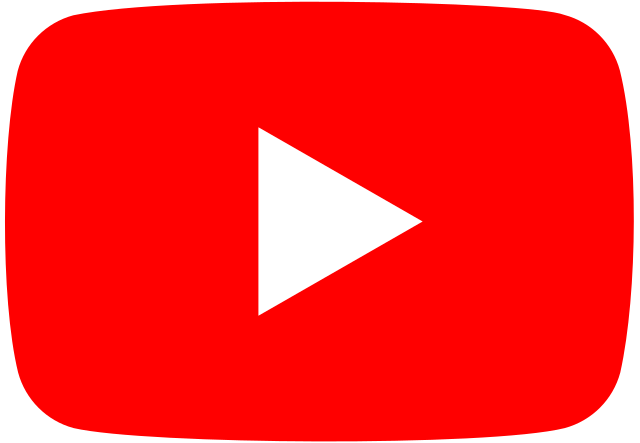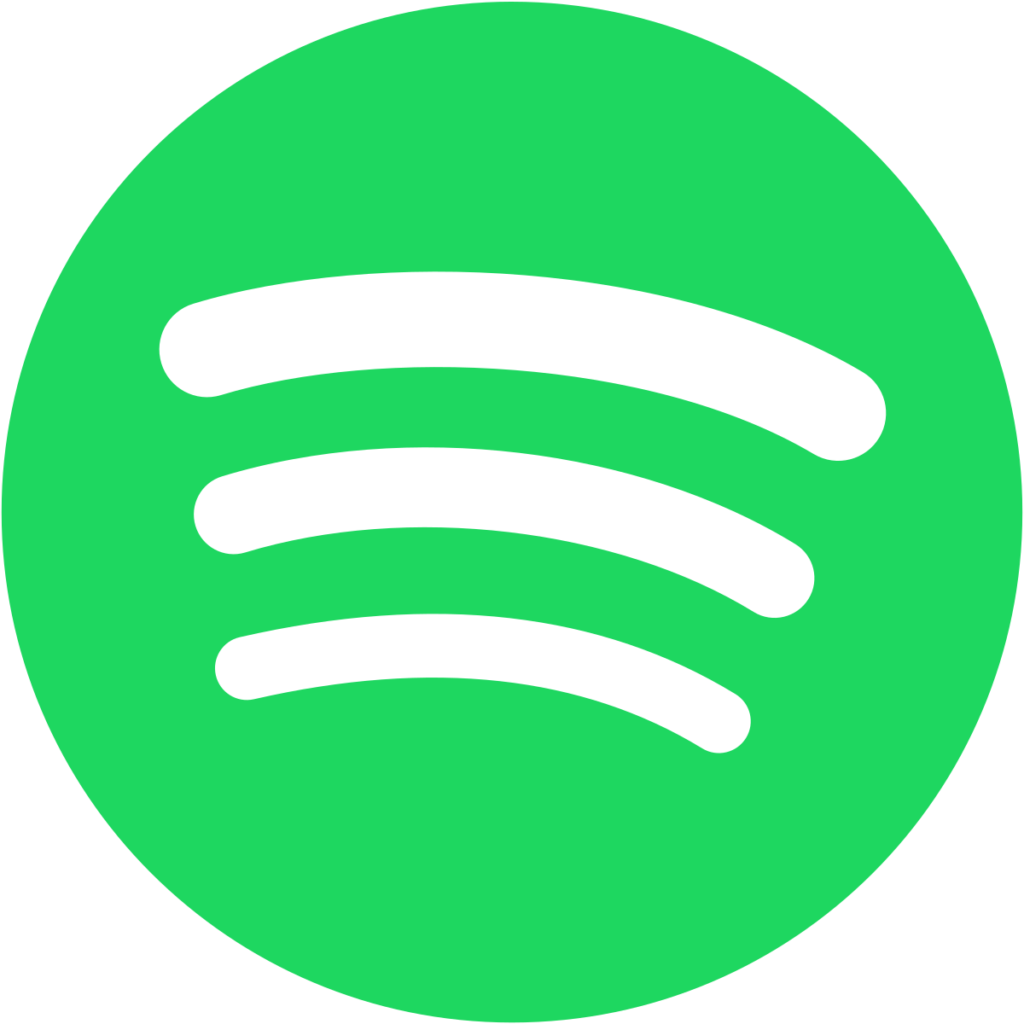Join us for the inaugural episode of ‘Personal Brand Blueprint,’ where I interview Brian Smith, a serial entrepreneur and world-class leadership coach. Learn how Smith built a successful consultancy, Strategy Ladders, by leveraging personal branding tactics.
Discover insights into early challenges, key strategies for rapid growth, and techniques for converting LinkedIn connections into clients. Gain valuable knowledge on building a quality follower base, creating engaging content, and the power of controversy in elevating your personal brand.
Don’t miss Brian’s unique approach to scaling businesses and nurturing high-performance teams by building their own personal brands.
In this episode, you’ll learn:
→ The origins of Strategy Ladder and Brian Smith’s journey
→ The importance of an authentic personal brand
→ How to leverage LinkedIn for business growth
→ Techniques for converting LinkedIn DMs into clients
→ Identifying and solving client problems effectively
→ The impact of polarity and controversy in personal branding
→ Scaling a team by building their personal brands
→ Practical steps for nurturing high-performance teams
📬 Brand Science Newsletter: https://davepolykoff.com/newsletters
🧰 Get Your Toolkit: https://davepolykoff.com/resources/pe…
✦✦✦
TIMESTAMPS
00:00 Introduction to Personal Brand Blueprint
00:39 Meet Brian Smith: Serial Entrepreneur and Leadership Coach
01:26 The Birth of Strategy Ladder
02:19 Overcoming Adversity: From Job Loss to New Beginnings
03:45 Building a Consultancy from Scratch
05:21 Leveraging LinkedIn for Business Growth
07:45 The Power of Authenticity and Storytelling
10:25 Quality Over Quantity: High Ticket Offers and Revenue Per Follower
13:51 Challenging Industry Norms and Influencers
17:18 The Importance of Controversial Takes and Healthy Debates
23:25 The Algorithm’s Impact on Engagement
24:29 Hormozi’s Strategy and Its Effects
24:44 Thank You and Let’s Connect!
25:42 The Dichotomy of Post Engagement
29:33 Converting DMs into Clients
30:37 Identifying and Solving Client Problems
38:32 Building a Team of Personal Brands
44:31 The Importance of Non-Pitching Sales
45:29 Conclusion and Final Thoughts
✦✦✦
CONNECT WITH BRIAN
🌐 Website: https://www.strategyladders.com/
📸 Instagram: / sbriansmith
💼 LinkedIn: / sbriansmith
👤 Facebook: / sbriansmithofficial
🐦 X/Twitter: https://x.com/sbriansmi?lang=en
📹 YouTube: / @sbriansmithla
✦✦✦
CONNECT WITH ME
🌐 Website: https://DavePolykoff.com
📸 Instagram: / davepolykoff
💼 LinkedIn: / dave-polykoff
🎵 TikTok: / davepolykoff
👤 Facebook: / davidpolykoff
🐦 X/Twitter: https://x.com/DavePoly
📹 YouTube: @DavePolykoff
✦✦✦
⭐ Leave a rating on Spotify
https://open.spotify.com/show/3FVc5lg…
⭐ Leave a review on Apple Podcasts
https://podcasts.apple.com/us/podcast…
✦✦✦
🧰 MY TOOLS FOR RUNNING BRAND SCIENCE
SOFTWARES
Recording → Riverside 🔗 https://bit.ly/get-riverside
Editing → Descript 🔗 http://www.descript.com
Content Repurposing → Castmagic 🔗 https://bit.ly/signup-castmagic
Images → Canva 🔗 https://canva.com
Finding Guests → Podmatch 🔗 https://bit.ly/get-podmatch
EQUIPMENT
Camera → Sony Alpha ZV-E10 🔗 https://amzn.to/3JY7C2v
Microphone → Shure MV7+ 🔗 https://amzn.to/3JY7LTB
Mic Holder → Elgato Wave Mic Arm 🔗 https://amzn.to/3QF2RP7
Teleprompter → ILOKNZI 12” 🔗 https://amzn.to/3USPoFU
Headphones → Sony WH1000XM3 🔗 https://amzn.to/3UTZTZz
4K Recording → Elgato Cam Link 4K 🔗 https://amzn.to/3UWW8mj








